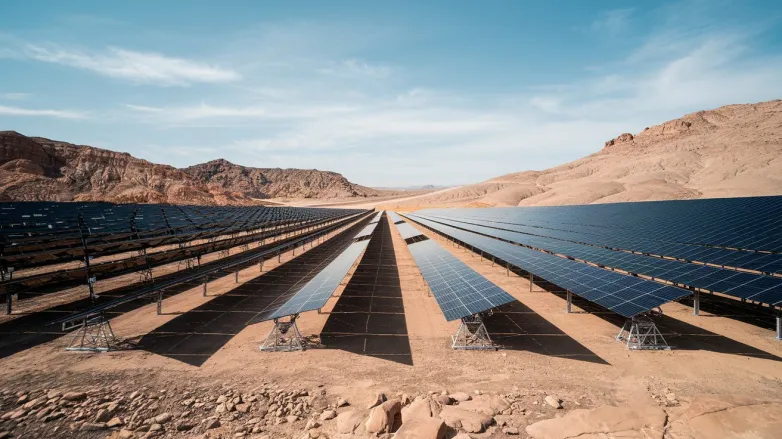Engie Robots Complete 250-MW Victoria Solar Panel Install
Oct 15, 2025 03:08 PM ET
- ENGIE finishes 250‑MW Goorambat East Solar Farm, deploying AI robots for ultra-precise panel installs—boosting efficiency and setting a new benchmark for Victoria’s clean power surge.

Engie SA has completed the installation of solar panels at the 250-MW Goorambat East Solar Farm in Victoria, Australia. The project utilized advanced AI-powered robots for mounting the photovoltaic panels, enhancing efficiency and precision in the installation process.
The deployment of these intelligent robots marks a significant technological advancement in solar farm construction, potentially setting a new standard for future projects. The Goorambat East Solar Farm is expected to contribute significantly to renewable energy production in the region, aligning with global efforts to increase sustainable energy sources.
How will AI robot-driven installation impact construction timelines and LCOE at Goorambat East?
- Shorter build window: AI-guided mounting typically compresses the panel-installation phase by ~20–30%, translating to an overall EPC schedule reduction of ~10–15% for a 250‑MW build.
- Earlier energisation: Pulls forward mechanical completion and commissioning by several weeks, bringing first kWh to market sooner and capturing higher near-term wholesale prices if timed before peak-demand seasons.
- Lower interest during construction: A shorter schedule trims IDC by roughly 0.5–1.5% of project capex, improving project IRR and bankability.
- Labor productivity gains: Fewer installers per MW and higher placement rates reduce BOS labor costs on the module-mounting scope by ~15–25%, with total BOS savings of ~5–10%.
- Quality and yield uptick: Consistent torqueing, alignment, and reduced microcracks improve performance ratio by ~0.2–0.5 percentage points, nudging net capacity factor slightly upward over life.
- Fewer reworks and defects: Automated QA cuts punch-list items and truck rolls, lowering early-life corrective O&M by ~10–20% for the module/racking subsystem.
- Better schedule resilience: Robots extend workable hours (low light, marginal weather) and stabilize productivity, reducing weather-driven delays common in Victoria’s shoulder seasons.
- Safety and permitting optics: Reduced work-at-height and manual handling incidents lower HSE risk and potential stoppages, minimizing unplanned downtime.
- LCOE impact (net): Combined capex, IDC, O&M, and yield effects point to a levelized cost reduction of roughly 3–8%, commonly equating to about A$2–4/MWh for a project of this scale in Victoria.
- Finance and procurement spillovers: Tighter schedule certainty improves lender confidence and may shave contingency and EPC risk premia, reinforcing LCOE gains.
Also read

